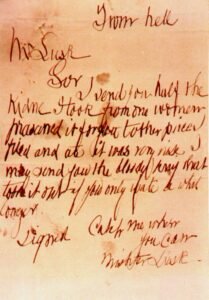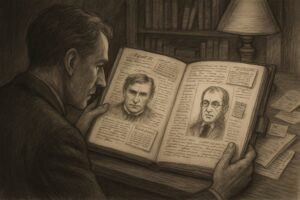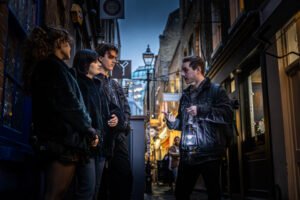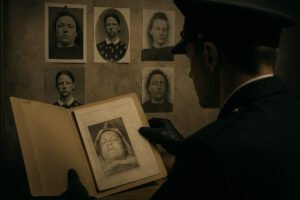The real number of the Ripper’s victims is a question that has haunted historians, police investigators, and amateur sleuths for well over a century. Jack the Ripper’s official body count—to put it crudely—is five. Five women, brutally butchered in the Whitechapel district of London throughout the autumn of 1888.
These are the so-called canonical five Ripper victims, whose deaths share a grim pattern of escalating violence and ritualistic mutilation. Their names were Mary Ann Nichols, Annie Chapman, Elizabeth Stride, Catherine Eddowes, and Mary Jane Kelly. But whether they were the Ripper’s only victims—or simply the only ones we know about—is still hotly debated.
The Canonical Five: Jack the Ripper’s Confirmed Victims
Mary Ann Nichols
Murdered: August 31, 1888
Location: Buck’s Row (now Durward Street), Whitechapel
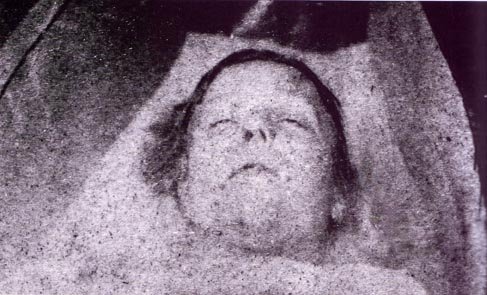
Mary Ann “Polly” Nichols was the first victim conclusively linked to Jack the Ripper. Her lifeless body was discovered in the early hours, lying in the shadows near a stable yard in Buck’s Row.
Her throat had been slashed twice, both cuts clean and deep. But on closer inspection, police discovered savage abdominal mutilations; the killer had ripped open her body with almost surgical precision, savagery that shocked even the most hardened East End residents.
At first, some thought it was the work of gang violence. But within days, the pattern would begin to emerge.
Annie Chapman
Murdered: September 8, 1888
Location: Backyard of 29 Hanbury Street, Spitalfields
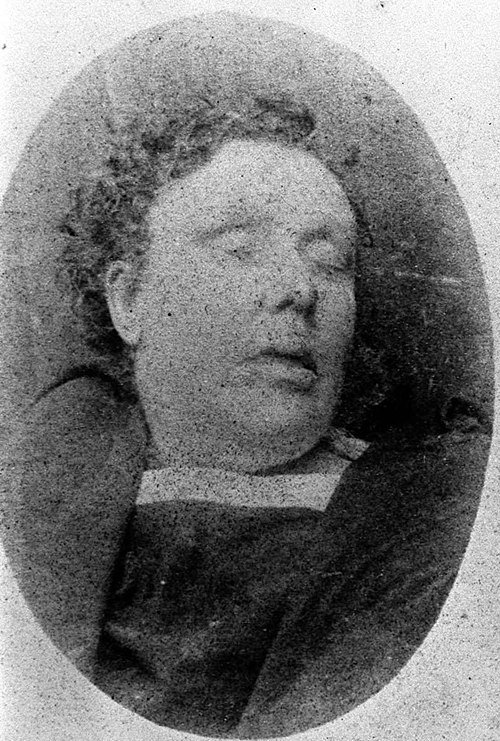
Little more than a week later, Annie Chapman was found dead in a cramped backyard behind a lodging house on Hanbury Street. Her throat had been cut so deeply that it had almost resulted in decapitation, and her abdomen was sliced open with chilling precision.
Most disturbingly, Annie Chapman’s uterus had been removed and taken from the scene—a detail that led investigators to speculate the killer had anatomical knowledge. Witnesses would later claim that Chapman had been seen alive in the Ten Bells Pub around 5 am, and heard just minutes before her murder, conversing with a man with a foreign accent.
This man, according to an eyewitness, Mrs Elizabeth Long, had a dark complexion and a shabby genteel appearance. He was aged about forty, not much taller than five feet, and wore a dark overcoat and a brown deerstalker hat. But by the time her body was discovered at 6:00 am, this man had vanished into the London fog, leaving bloodshed in his wake.
Elizabeth Stride
Murdered: September 30, 1888
Location: Dutfield’s Yard, Berner Street
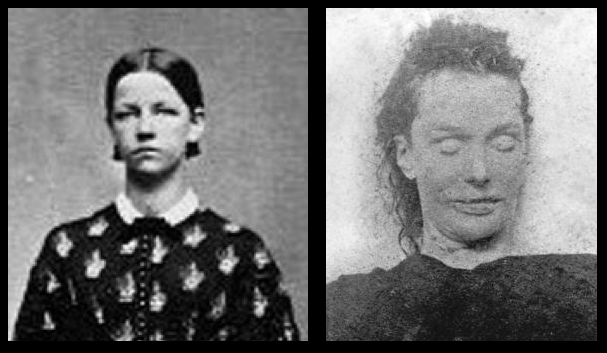
Elizabeth Stride’s death stands out from the Ripper’s other victims. Her body, discovered in the early hours of Sunday, 30th September in a dark yard off Berner Street, showed the same cause of death as Polly Nichols and Annie Chapman—her throat had been cut with almost surgical efficiency. But there were no mutilations, no post-mortem ritual, and no organ removal.
Many believe that the Ripper had been interrupted mid-act, possibly scared off before he could complete his grim work. Witnesses reported seeing Stride with a man in the hours before her death, but both the timeline of events and the variety of descriptions (a short man with a dark moustache, wearing a morning suit and bowler hat; a man wearing a peaked cap, black coat and dark trousers; a man wearing a hard felt hat; a man of average build in a long black coat) made it impossible to identify and arrest any one figure.
And yet the Ripper, it seems, was not finished that night.
Catherine Eddowes
Murdered: September 30, 1888 (less than an hour after Stride)
Location: Mitre Square, City of London
Less than an hour after Elizabeth Stride was found, the body of another woman, Catherine Eddowes, was discovered in Mitre Square, inside the jurisdiction of the City of London Police. These murders would come to be known as the “double event.”
Eddowes’ murder was the most horrifying yet. Her face had been viciously slashed, with her eyelids and cheeks carved open, and her abdomen laid bare. Her left kidney had been removed with clinical precision. A piece of her apron was later found nearby, smeared with blood and faeces, alongside a chilling message scrawled in white chalk on a wall:
“The Juwes are the men that will not be blamed for nothing.”
The message was erased before it could be photographed, a decision taken by the Metropolitan Police Commissioner that still sparks controversy. However, given the prevalence of antisemitic graffiti around Whitechapel at the time, and the likelihood of this causing a riot or pogrom if discovered by the public at daybreak, it seems the decision was a reasonable one.
Mary Jane Kelly
Murdered: November 9, 1888
Location: 13 Miller’s Court, off Dorset Street
Mary Jane Kelly, the youngest and arguably most tragic of the Ripper victims, was murdered indoors in her small room in Miller’s Court.
Unlike the others, who had been killed on the street, Kelly was butchered behind closed doors. The killer had time—and he used every minute of it. Her body was mutilated almost beyond recognition. Her face was hacked to pieces, her abdomen eviscerated, and her heart removed.
Blood soaked the walls and bedding. It was the most savage crime scene in British history up to that point. After she had been taken to the morgue, her acquaintance, Joseph Barnett, was called to formally identify her body. He was only able to do so because of the “ear and the eyes.”
Two official crime scene photographs were taken. You can see one of them by clicking here. But be warned, it is not for the faint-hearted.
Beyond the Canonical Five: Were there More Ripper Victims?
While most Ripperologists agree that there were five canonical victims, some investigators believe the true number of Jack the Ripper victims could be higher.
Some suggest that Martha Tabram was the Ripper’s first victim. She was stabbed 39 times in a stairwell on August 7th, 1888. Her throat was not slashed, nor were there signs of any of the later mutilations, but it could be that this was the Ripper’s first attempt: less “clinical”, but just as vicious.
For adherents of the canonical five theory, Mary Jane Kelly’s murder on November 9, 1888, marks the end of Jack the Ripper’s spree. But similar cases would arise in the years to come. Take Alice McKenzie, for example, who was killed on July 17, 1889, almost a year after Mary Jane Kelly. Her wounds were less severe, but similar enough to feed suspicion.
Then there was Frances Coles, who was found with her throat slashed beneath a railway arch on February 13, 1891). Police stumbled across the scene moments after her death, possibly scaring the killer off. Had she been a victim of the Ripper, however, her body may have been subject to more gruesome mutilation.
Emma Smith was also attacked in Whitechapel in early April 1888. She survived for a day but later died from internal injuries after an alleged gang assault. Rose Mylett, another woman living in Whitechapel, was found dead without clear signs of violence and no foul play suspected, on the morning of December 20th, 1888. Their connection to the Ripper remains uncertain.
Theories: How Many People Did Jack the Ripper Really Kill?
More Than Five?
Some Ripperologists argue that the killer’s spree didn’t start or end with the canonical five. They believe Martha Tabram and Frances Coles were early or late victims, making the total closer to 7 or 8, or even more.
Fewer Than Five?
Others suggest that not all canonical murders were committed by the same person. Elizabeth Stride is often singled out since her death lacked the usual mutilations. Could her murder have been at the hands of someone other than the Ripper?
No Ripper at All?
A controversial view proposes that the Ripper was a myth constructed by the media, linking unrelated killings to fuel public hysteria and sell papers. Under this theory, the number of Ripper victims might be zero.
So, How Many People Did Jack the Ripper Kill?
We will likely never know the exact number. Most Ripperologists agree on five canonical victims, but compelling evidence points to seven, eight, or more. Others believe that some victims traditionally attributed to Jack the Ripper were actually the work of other killers lurking in the shadows of Victorian London.
Hear the Stories of that Fateful Autumn in Whitechapel
Want to uncover more? Join us on the streets of Whitechapel and walk in the footsteps of the victims. On our Jack the Ripper Tour, we’ll explore the facts, challenge the myths, and tell the stories of the women behind the headlines.



